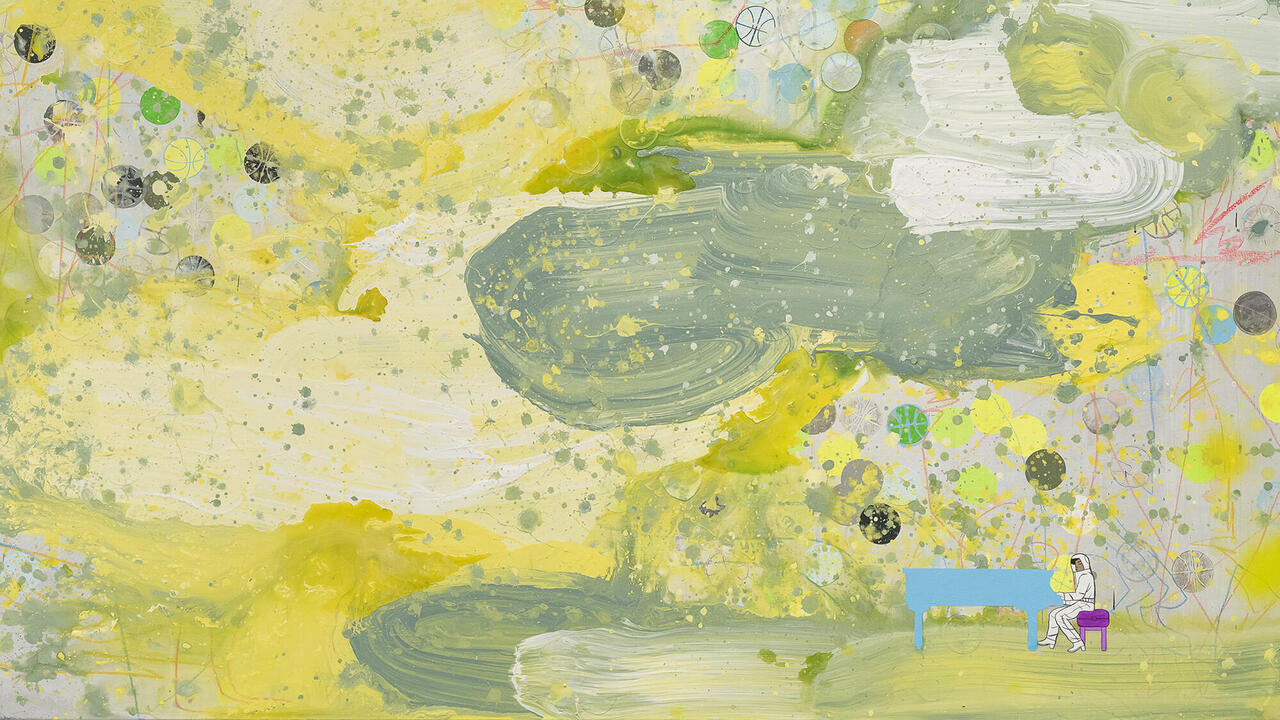Yvonne Rainer
Kunsthaus
Kunsthaus

Showing dance is one of the greatest challenges for a museum. Either the exhibition space is totally transformed into a stage (but then why leave the stage in the first place?). Or the moment of physical presence and movement is smothered by video documentation and archival ephemera.
Curator Yilmaz Dziewior chose a middle way to show the work of Yvonne Rainer – an outstanding figure, who stands alongside Merce Cunningham and Trisha Brown at the interface between dance and art – for her first European retrospective, jointly produced by Kunsthaus Bregenz and Cologne’s Museum Ludwig.
The performative character of much of Rainer’s work was taken into account by staging the minimalist choreography Trio A (1966) – probably her best-known work, lasting just a few minutes – at regular intervals in the exhibition spaces.
The Kunsthaus also joined forces with the Vorarlberger Landestheater, where Rainer’s two most recent works – Spiraling Down (2008) and Assisted Living: Good Sports 2 (2011) – were performed immediately before the exhibition opened.
The exhibition itself picked up on the performed presence of Rainer’s work by starting out with video documentation of two recent productions: AG Indexical, with a Little Help from H.M. (2007) and RoS Indexical (2008). These works are well suited to begin a retrospective on dance because they draw on two historically significant pieces: George Balanchine and Igor Stravinsky’s Agon (1957) and the premiere of Vaclav Nijinsky’s choreography for Stravinsky’s Le sacre du printemps (1913), which was greeted with outrage by the audience. With a choreography developed from memory – deliberately imprecise with regard to the originals and frequently overwritten with other references – Rainer poses the question of the possibility of writing a history of a medium as ephemeral and physically present as dance. By also incorporating fragments of her own early choreographies, AG Indexical and RoS Indexical became an artistic meta-commentary on the retrospective format.
With countless archival materials – video documentation, posters, invitation cards, photographs, letters, notebooks and notations – the second floor of the Kunsthaus focused on the early part of Rainer’s career. There was documentation of dance pieces, actions and performances like her early Satie for two (1962); the full-length The Mind is a Muscle (1968); political interventions against the Vietnam War like M-Walk (1970), for which 40 people strode through the streets of New York in the swaying proletarian gait from Fritz Lang’s Metropolis (1927); or Continuous Project – Altered Daily (1969), named after a work by Robert Morris, whose improvisation and rehearsal setting would later give rise to the collaborative dance group Grand Union. Interestingly, this abundance of documents did not include Rainer’s famous No Manifesto (1965), in which she proclaimed her rejection of narrativization, dramatization and psychologization in favour of the purest possible object-like quality of the bodies and their (everyday) movements. This exclusion – perhaps a curatorial decision – followed the spirit of a manifesto which also rejected all forms of fetishization, since the presentation of such an art-historically significant document would certainly have qualified as fetishizing an artefact.
Finally, the top floor – devoted entirely to Rainer’s film oeuvre – featured a series of projections and videos. She abandoned dance in the early 1970s and returned only in 2000. These films – now classics of experimental cinema – mark Rainer’s turn towards narrative forms, albeit broken and deconstructed. Her first full-length film Lives of Performers (1972) – with its footage of stages and rehearsals – still mirrors one medium in another. But by the time of Kristina Talking Pictures (1976), Rainer had found her distinctive form: the combination of fictional narrative – here the story of the Hungarian lion tamer Kristina and her lover, the sailor Raoul – with biographical material and abstract reflections on the relationship between art and politics or the relationship between the sexes, presented in an essayistic manner.
The show offered an impressive wealth of material, covering half a century of artistic production through various phases and media. But it also managed not to simplify Rainer’s many-layered oeuvre, allowing her works to stand for themselves without boxing them in. Using the full range of presentation options – stage performance, film screenings, archival displays and live performances of Trio A inside the exhibition – also helped. While a scepticism remains about museum presentations of dance, this exhibition achieved the best possible result.
Translated by Nicholas Grindell
















